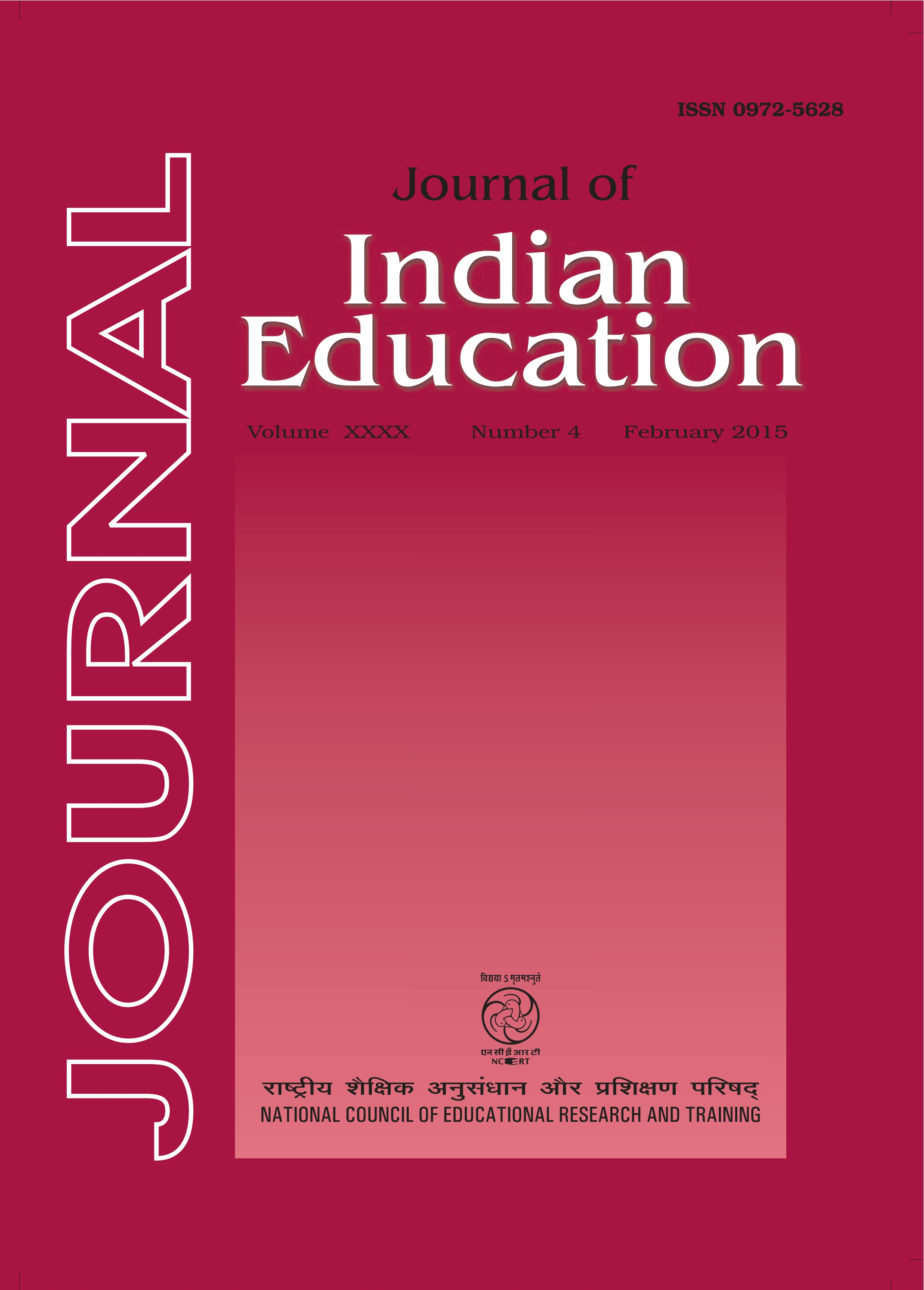Disabled Children in Inclusive Classrooms Behavioural Problems and Behaviour Management Strategies
Published 2015-02-28
Keywords
- Educational Psychology,
- Special Education
How to Cite
Abstract
Every child is unique and behaves differently in different situations. Most of these behaviours are normal and do not pose any threat for child. But behaviour such as regular temper tantrums or aggressive outbursts may become difficult to handle and often teachers regard these as behaviour problems. These behaviours prove hurdle for children as well as classroom transactions. Generally termed behaviour problems, these difficult behaviours are sometimes considered part of the expected developmental process and sometimes diagnosed as conduct disorders and affect a number of children. These behaviour problems significantly interfere with their ability to learn and develop. It is very difficult for a teacher to handle all sorts of behaviour problems in a classroom. The problem gets intensified if children with disability are included in the classroom as a part of inclusion process. Inclusion provides opportunities to these children to participate in education with non disabled children without any discrimination. But if the class comprises of a good number of children with one or other kind of disability along with normal children in inclusive classroom then the responsibility of teacher increases. Different types of disability bring with it various kinds of associated behaviour problems in the classroom. This complicates the teaching learning process. This theoretical paper focuses on the behaviour problems of children with different types of disability in the classroom after inclusion and also reflects on the challenging role of teachers in making classroom teaching effective. There are many strategies presented in this paper to help teachers succeed in their endeavour.

